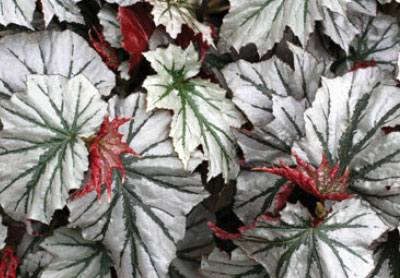Bonjour Mon Jardin!
25 Mar 2013
How to put a little je ne sais quoi into your garden.
By Karen Mitchell Some of us visit France to take in the sights, the history and the gastronomic delights. But when Erica Althans-Schmidt made a recent trip, her sightseeing focused on the many gardens in France, from formal château and parterre gardens to informal kitchen gardens, replete with color. “When you’re a gardener, that’s what you do when you travel,” says Althans-Schmidt, operations manager and assistant garden designer at Gwynne’s Greenhouse & Gardenshoppe in Lyons. “French gardens inspired me to incorporate some of these ideas into my designs.” Whether you’ve seen French gardens up close or as an armchair traveler, bringing French flair to your yard starts with a choice, says Karla Dakin, landscape architect and owner of K. Dakin Design in Louisville. “There are basically two ways to go,” she says. “There’s the formal route, with topiaries and space. However, it’s important to be aware of how we can emulate the French potager garden as we mix food plants with xeriscape plants, which have different water requirements.” A big difference between French gardens and the way we plant here is that we typically space plants farther apart and layer them with mulch, Althans-Schmidt says. “In France, you can’t see where one plant ends and the next begins; they become a unit. This is very dramatic, and draws your eye along the whole length of the garden.” An advantage of planting close together, known as French intensive gardening, is the creation of shade. Plants shade each other so that water isn’t lost as quickly from the soil. This also prevents weed growth. “When planting to fill your own French-style country garden, choose a single color with variations of form, or select a few colors that echo each other, such as pinks with purple throats in combination with deeper purple flowers or foliage,” Althans-Schmidt suggests. “Repeat patterns with your color scheme and build height quickly, paying a lot of attention to what’s spiky or rounded or trailing. Plant a variation of shapes and forms.”
- Small French châteaus like Chaumont and the one pictured above have relatively informal gardens that blend with the architecture, as opposed to the imposing formal gardens at châteaus like Versailles.

- Parterre Gardens Ornamental shapes distinguish parterres, which have well-defined planting beds surrounded by borders of hedges or other plants.

















